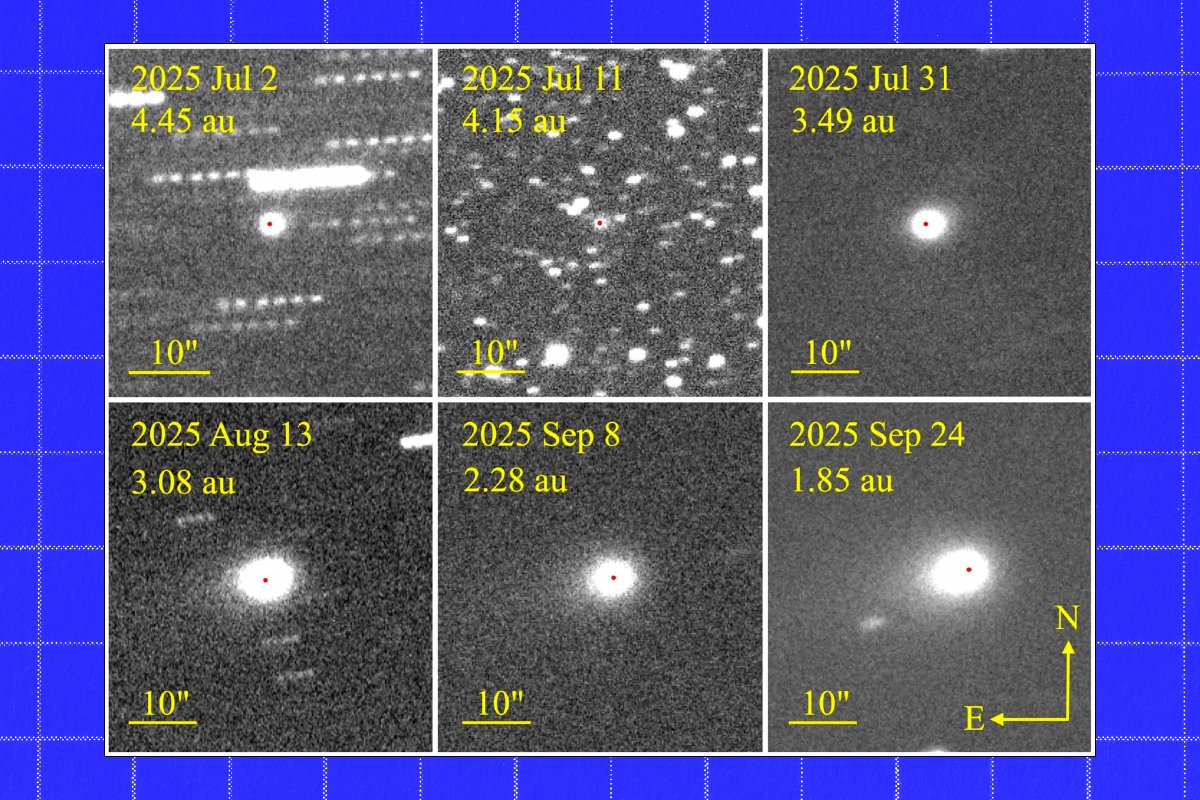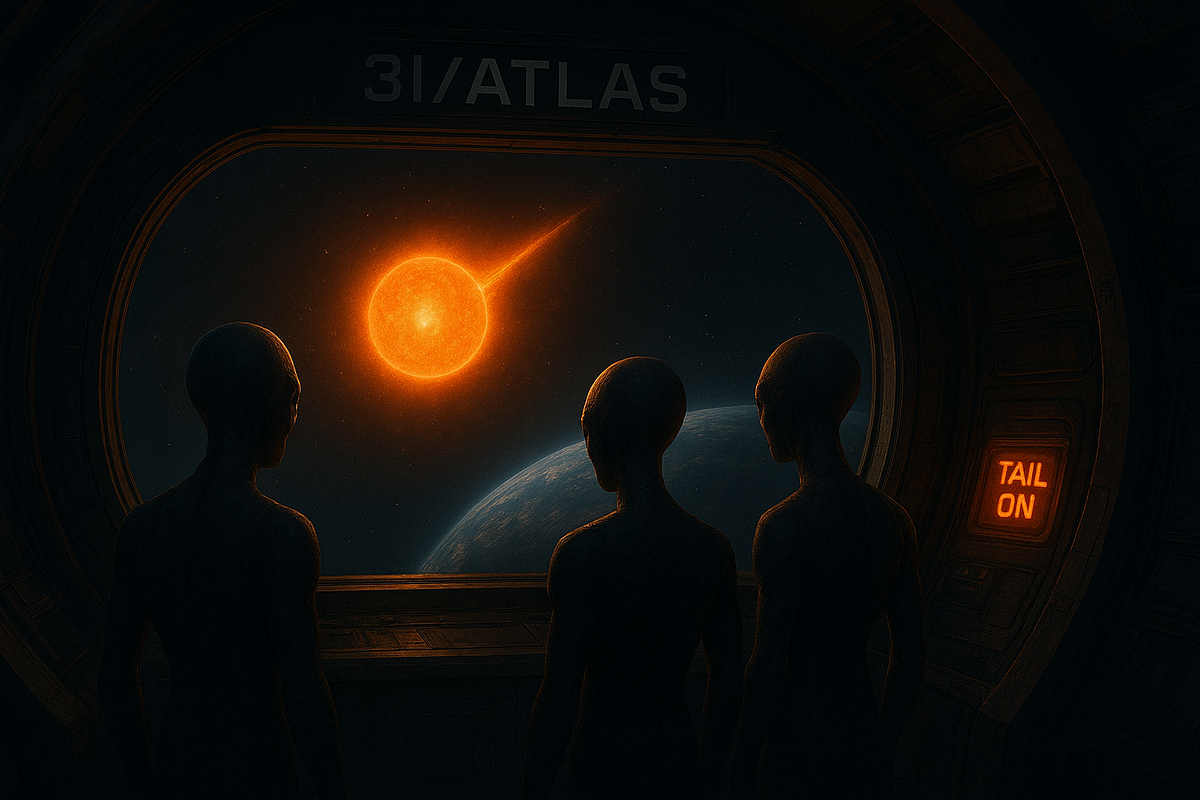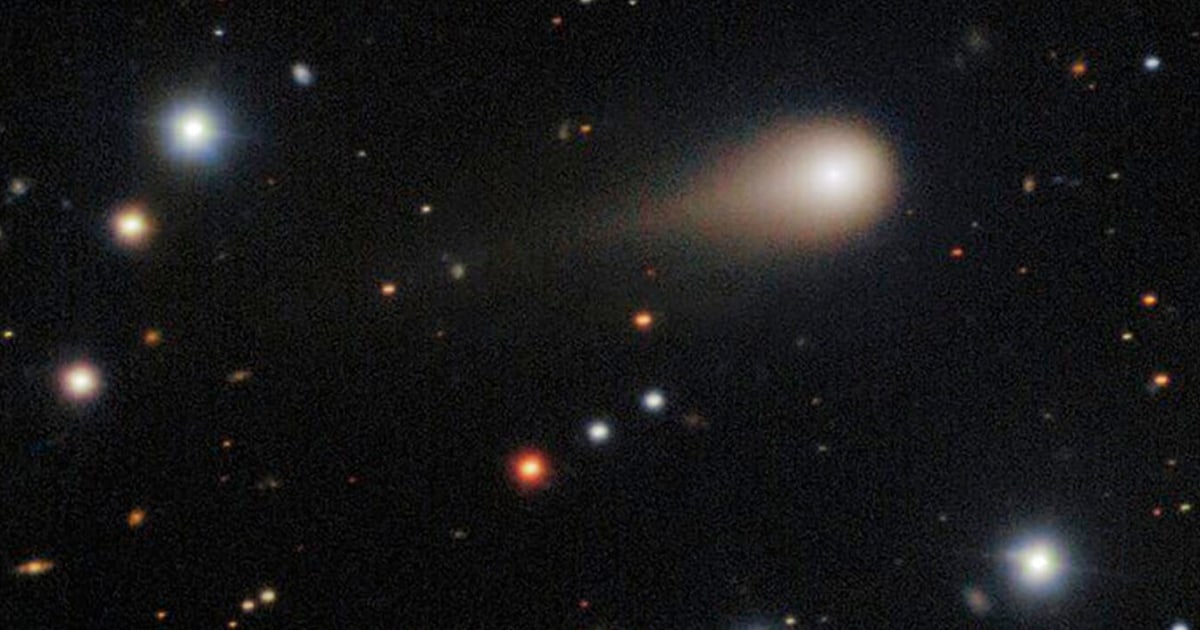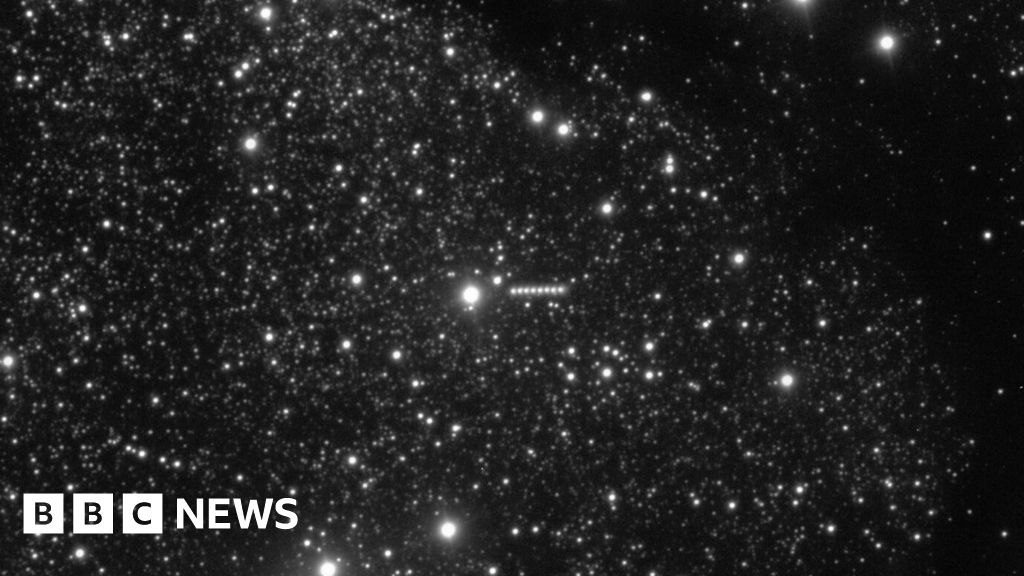Understanding 3I/ATLAS's Unusual Acceleration
#interstellar #comets #nongravitational_forces #atlas #observatories

Understanding 3I/ATLAS’s Unusual Acceleration
The recent analysis of 3I/ATLAS reveals a non-gravitational acceleration near its perihelion, challenging traditional cometary models. Unlike typical objects influenced solely by gravity, this interstellar comet experiences additional forces likely caused by outgassing—jets of gas and dust expelled as it nears the Sun. Data from observatories like the Atacama Large Millimeter/submillimeter Array provide critical insights into this behavior, highlighting the comet’s active icy nucleus and coma.
Significance of the Non-Gravitational Forces
This acceleration suggests dynamic processes affecting 3I/ATLAS’s trajectory beyond solar gravity alone. Such forces have implications for understanding the physical composition and structure of interstellar visitors. Studying these effects allows astronomers to refine models of cometary motion and better predict paths of future interstellar objects passing through our solar system.
Broader Implications for Interstellar Research
The case of 3I/ATLAS opens new avenues for exploring material from beyond our solar system. As only the third confirmed interstellar object, its unique acceleration characteristics deepen our grasp of cosmic phenomena, aiding in the quest to comprehend the diversity of objects traversing the galaxy.
About the Organizations Mentioned
Atacama Large Millimeter/submillimeter Array
The Atacama Large Millimeter/submillimeter Array (ALMA) is a groundbreaking astronomical observatory consisting of 66 high-precision radio telescopes located at 5,050 meters altitude on the Chajnantor Plateau in the Atacama Desert of northern Chile. It is the world’s most powerful ground-based radio telescope, designed to observe the Universe in millimeter and submillimeter wavelengths, which are crucial for studying cold and distant cosmic phenomena invisible to optical telescopes[1][3][4][6]. ALMA operates as an interferometer, linking its multiple antennas—which include fifty-four 12-meter dishes and twelve smaller 7-meter dishes forming the Atacama Compact Array (ACA)—to achieve unprecedented sensitivity and resolution. The antennas can be repositioned over distances up to 16 km, enabling ALMA to zoom in on cosmic targets with exceptional detail[1][3]. This design allows astronomers to probe star formation, molecular clouds, planet-forming disks, and the early Universe, offering insights into cosmic origins[4]. The project is a major international partnership involving Europe (through the European Southern Observatory, ESO), North America (National Science Foundation, NSF), East Asia (National Institutes of Natural Sciences, NINS), and Chile, with contributions from 22 countries. ALMA’s construction and operations represent one of the largest and most complex ground-based astronomy endeavors ever undertaken[2][4][6]. Key achievements include producing the first detailed images of a planet-forming disk around the young star HL Tau and playing a crucial role in the Event Horizon Telescope project that captured the first image of a supermassive black hole’s shadow[3]. ALMA also supports astrobiology by studying planetary systems and bodies within our solar system, such as Saturn’s moon Titan[5]. Currently, ALMA continues to operate as a forefront research facility, pushing the boundaries of observational astronomy through advanced technology and international collaboration. Its ongoing developments include enhancements to receiver capabilities and broade









